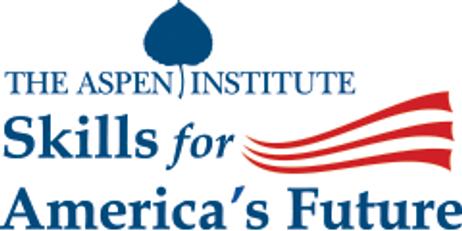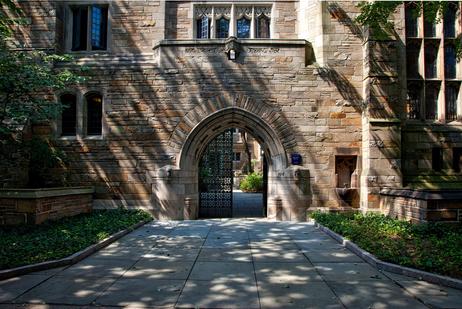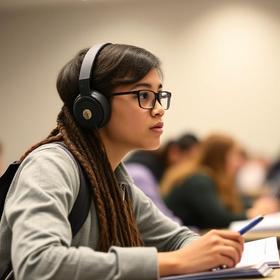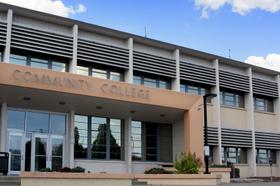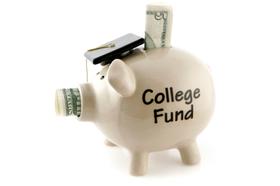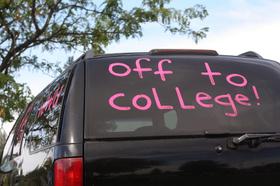The Skills for America's Future program was introduced by the current administration as a way to match up community college training with fields in need of qualified workers. The idea behind the initiative was to make community college graduates more competitive and marketable in the real world after school and provide industries with highly qualified workers. This month, President Obama announced that Skills for America's Future will expand further, ensuring more community college students get the training they need to find successful, lucrative jobs once their college training is complete.
What is the Skills for America's Future Program?
Last year, President Obama launched an ambitious initiative along with the Aspen Institute, designed to bring companies together with community colleges to produce future workers that would be highly qualified and able to compete in a global market. The movement was dubbed Skills for America's Future, and it began with partnerships between industries and academia that would coordinate the training and build the skills of a qualified workforce in the United States. According to the Aspen Institute website, the initiative would serve as a broad umbrella under which labor unions, corporations, and community colleges could coordinate their efforts to train a new generation of American workers.
From its inception, Skills for America's Future began signing on a number of key players to help the initiative achieve its goals. Some of the leaders that have worked with the Skills for America's Future program since the beginning include

